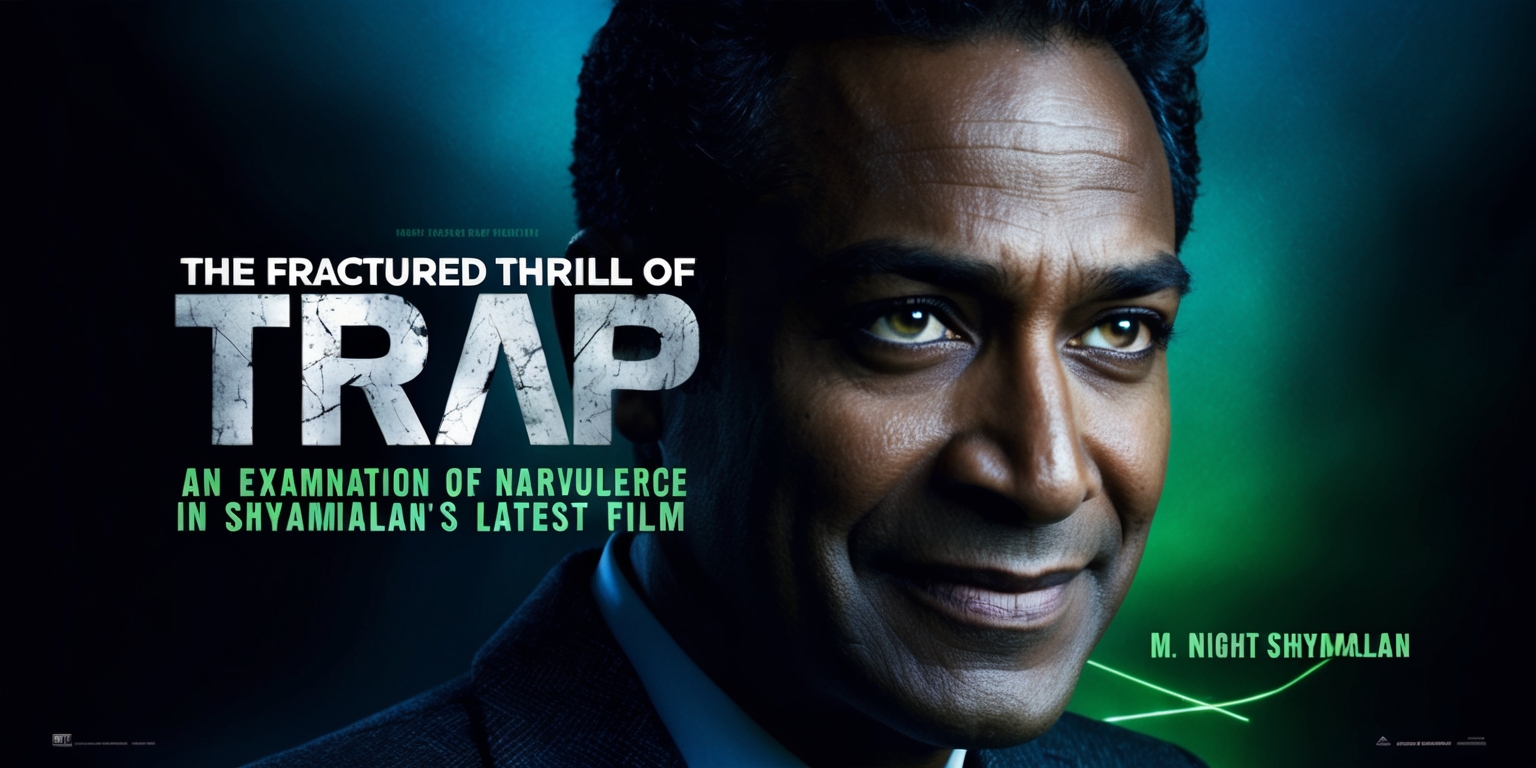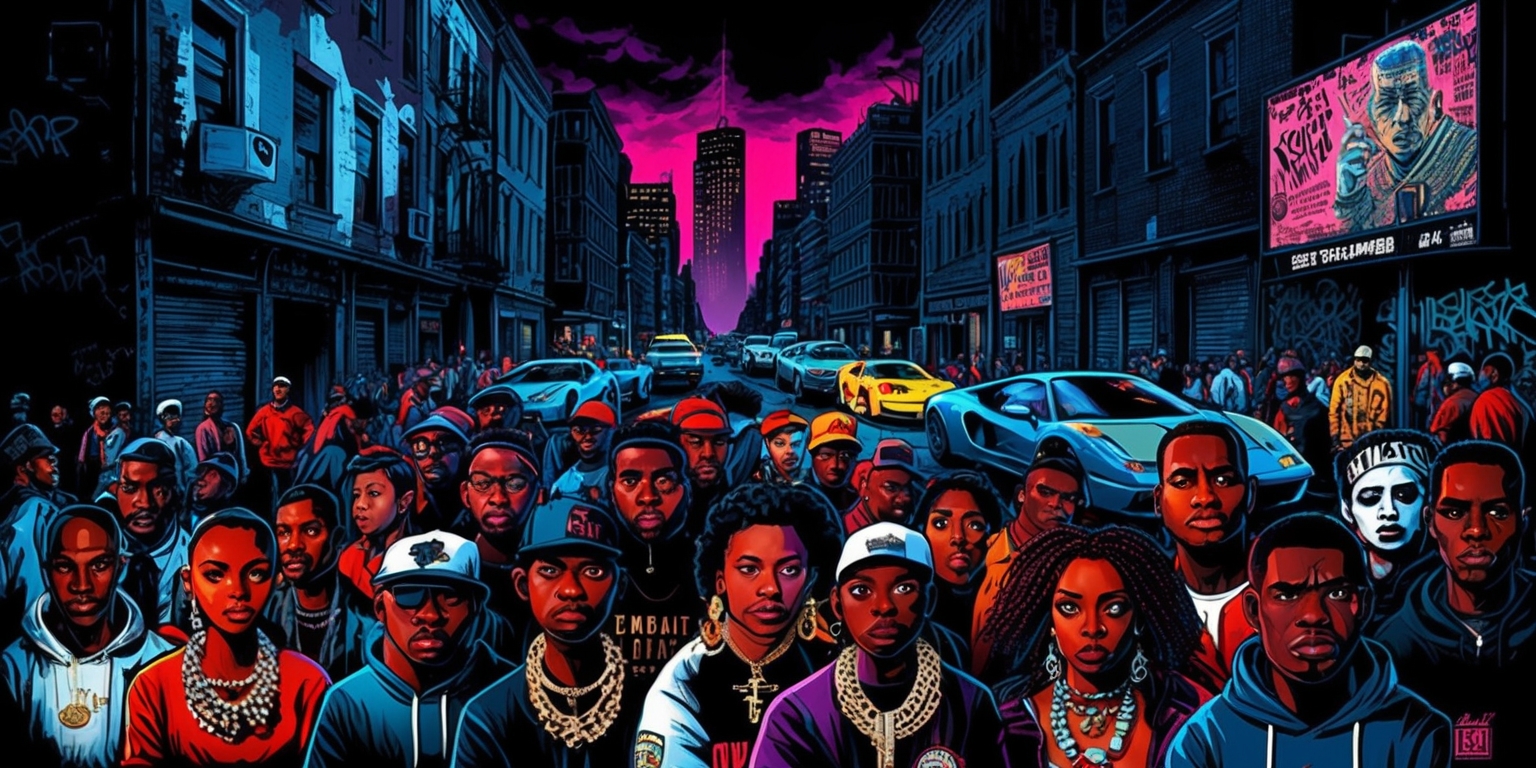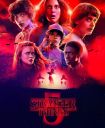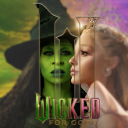The Fractured Thrill of Trap: An Examination of Narrative Turbulence in Shyamalan's Latest Film
Dec-11-2024

In the realm of modern thrillers, the name of M. Night Shyamalan often evokes a mix of anticipation and skepticism. His movies have ranged from groundbreaking to bewildering, leaving audiences debating his place in cinematic history. With his latest film, Trap, he attempts to further establish his reputation; however, the journey through the film is both exhilarating and ultimately disappointing. As the climax unfolds, the inconsistencies overshadow the initial thrill, resulting in a narrative that collapses under its own weight. This piece explores the complexities of Trap, exploring its strengths and shortcomings while dissecting the various elements that define this gripping yet flawed thriller.
Unveiling the Premise
Trap kicks off with Cooper (played by Josh Hartnett), a seemingly ordinary father, taking his daughter Riley (Ariel Donoghue) to a concert. The evening, intended for bonding and enjoyment, quickly morphs into something far darker. The concert features none other than Lady Raven (Saleka Shyamalan), and the event doubles as a lure for The Butcher, a menacing serial killer. Unbeknownst to the FBI and the investigating Dr. Josephine Grant (Hayley Mills), Cooper himself is The Butcher, leading to a gripping game of cat and mouse as father and daughter navigate perilous situations.
Josh Hartnett’s Stellar Performance
In the role of Cooper, Josh Hartnett delivers a captivating performance that dominates much of Trap's early action. His ability to oscillate between charm and menace is part of what makes the film engaging. Hartnett infuses energy into the script, elevating scenes that might otherwise feel bland. Throughout the first two-thirds, his charisma and skill shine through, making the viewing experience a noteworthy one.
Excitement and Anticipation
This initial phase of the film thrives on clever twists and the tension of an imminent threat. Hartnett’s portrayal of a cunning character adept at evading danger adds to the suspense, turning each moment into a potential emotional rollercoaster. His interactions with side characters, like those portrayed by Jonathan Langdon and Scott Mescudi, add layers of intrigue that contribute to the film's strength during the early narrative.
The Shift in Narrative Momentum

Nonetheless, the momentum starts to shift when the story progresses towards the middle, where the initial thrill fades. As Cooper and Riley find themselves backstage, the film's energy dissipates. Where the plot initially showcased a gripping pace, it transforms into a series of confusing twists that seem incongruent with the earlier narrative. Audiences may find themselves questioning the direction in which the film is heading as it begins to lose its grip on coherence.
Challenges of Characterization
Saleka Shyamalan, in her role as Lady Raven, initially captivates as a pop star but her character becomes increasingly central to the story's conflicts. The tonal shift in her character arc stretches the narrative thin, especially when she is tasked with delivering substantial exposition. This element distracts from the emotional core, leaving viewers wondering if her character's absence could have enriched the film's later developments instead of hindering them.
The Downfall of the Final Act
As Trap nears its conclusion, the storytelling falters significantly. The final act is burdened by clumsy exposition dumps and lazy narratives that attempt to clarify rather than intrigue. Such attempts undermine the complexity of the plot, leading to a disheartening experience as the audience realizes that the build-up may not lead to a satisfying or logical resolution.
Piling on the Red Herrings
In addition to muddled exposition, the film seems to flood viewers with red herrings, further diluting the impact of its plot twists. The approach stifles the earlier suspense built up through the first act, leaving the audience dizzy rather than captivated. The spectral essence of a well-crafted thriller dissipates, revealing a desperate attempt to retain intrigue at the cost of coherence.
Thematic Weaknesses
Shyamalan's previous works often wrestle with deeper underlying themes, providing viewers with a thought-provoking experience. Trap, unfortunately, suffers from a lack of thematic depth, diminishing the overall impact of the narrative. While it explores themes of family, trust, and betrayal, these notions lack the resonance found in Shyamalan's earlier pieces, coming across as overly simplistic and frustratingly clichéd.
Frustrating Dialogue Choices
The dialogue in Trap falters, particularly towards the conclusion. Characters get bogged down in exchanges that feel forced or overly dramatic, removing authenticity from pivotal moments. The result is a film that often leaves the audience cringing rather than engaged, as fundamental elements that could have solidified tension are instead reduced to bloated platitudes.
Absurdities in Character Actions
As the stakes rise, characters find themselves making implausible decisions that defy logic. It’s as if the screenplay pulls them in directions not justified by their motivations established earlier in the film. This loss of credibility skews the audience's immersion, turning serious moments into laughable escapes akin to scenes featuring cartoon characters.
Parallels to Classic Thrillers
Throughout Trap, there are nods to classic thriller motifs harkening back to masterpieces like Psycho and Silence of the Lambs. However, these references feel like superficial trappings rather than meaningful homages, failing to elevate the tension or instill any sense of terror. The connections made are mere echoes fogged by the film’s overarching decline in quality.
Assessing the Overall Experience
Despite its rocky trajectory, it is important to recognize the moments in Trap where the filmmaking shines. The shades of cleverness, alongside strong performances from Hartnett, partially redeem an otherwise tough viewing experience. Yet, these moments are eclipsed by the film's descent into inconsistency, which ultimately overshadows its initial promise.
Reflection on Shyamalan’s Career
The journey of M. Night Shyamalan is a complex one, filled with peaks and valleys that continue to intrigue audiences. Trap could be seen as a startling low, especially considering its beginnings. Where once he was heralded as a master of suspense, viewers are left wondering if the genius is lost or simply struggling to regain footing. The lack of cohesion in Trap raises questions about the filmmaker’s trajectory moving forward.
A Final Verdict
Trap’s promising start and exhilarating character dynamics ultimately give way to a muddled narrative that stifles all it has to offer. While Hartnett provides an engaging performance, the film becomes an exploration of how storytelling can falter when coherence is sacrificed. As Shyamalan pushes forward, audiences are left to grapple with the highs and lows of his filmography, hoping for a resurgence of the originality he once exuded.







